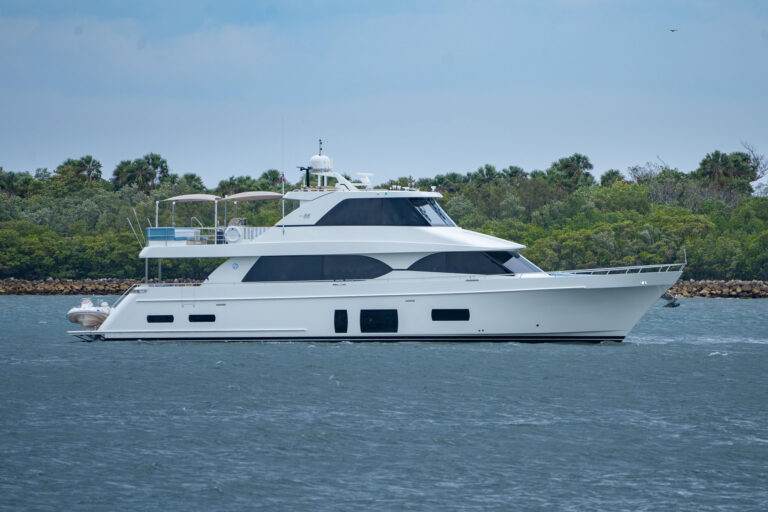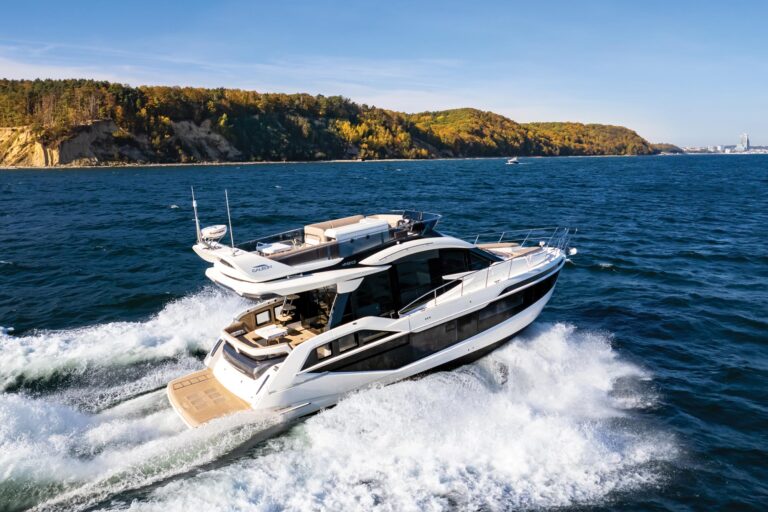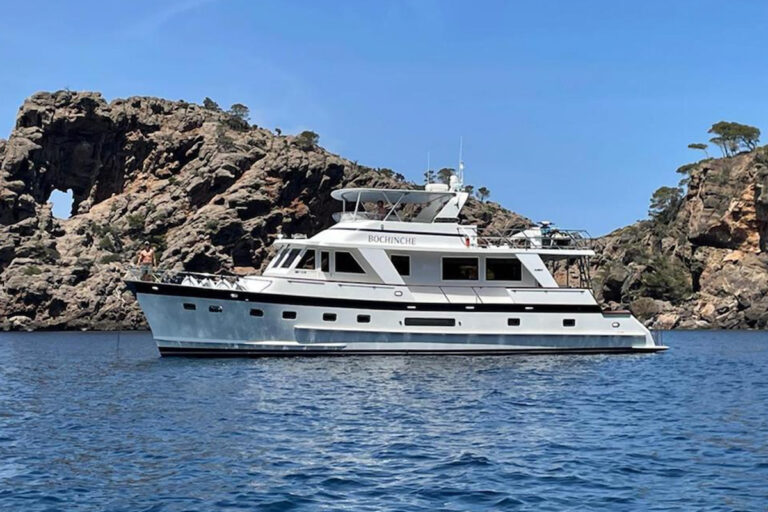EMERGENCY PROCEDURES
M/Y Serenity
November Hotel Golf Whisky 8
MMSI 366924365
IF THE VESSEL OR A PERSON IS IN GRAVE AND IMMINENT DANGER AND IMMEDIATE ASSISTANCE IS REQUIRED:
VHF (GMDSS)
• Check VHF is on. If not depress green button on handset.
• Remove handset from wall unit.
• Lift plastic lid, on wall unit, covering orange button.
• PRESS AND HOLD THE ORANGE “DISTRESS” BUTTON FOR 5 SECONDS.
• Wait and listen for an acknowledgement.
Then:
• Press red “CH 16” button.
• If “LOW” is displayed on screen, press “HI/LO” button.
• PRESS TRANSMIT BUTTON, and say slowly and clearly:
MAYDAY, MAYDAY, MAYDAY
This is Serenity, Serenity, Serenity.
Mayday Serenity, November Hotel Golf Whisky Eight. MMSI 366924365
• My position is …. (latitude and longitude using GPS).
IF YOU DON’T KNOW, DON’T GUESS!
• I am …. (sinking, on fire etc.)
• I require immediate assistance
• I have … (number of persons on board, any other information – drifting, flares fired etc.)
• Over
• RELEASE THE TRANSMIT BUTTON and listen for an acknowledgement.
• KEEP LISTENING ON CH 16 FOR INSTRUCTIONS
IF AN ACKNOWLEDGEMENT IS NOT RECEIVED, THEN REPEAT THE DISTRESS CALL PROCESS FROM THE BEGINNING.
Ways of Calling for Help
• Continuous sounding of the foghorn
• Rockets throwing red stars fired one at a time at short intervals
• Hand held red flares or parachute flares
• Smoke signal giving off orange smoke
• Morse code …—… (SOS) send by any means
• Signal send by radio using the spoken word MAYDAY
• Slow and repeated raising and lowering of arms at each side
• GMDSS – DSC Distress Alert
• EPIRB transmitted signal
• International code flags N and C
• Square flag with, above or below it, a ball or anything resembling a ball
• Gun or explosive signal fired at intervals of about 1 minute
• Flames on the foredeck (as from a burning tar barrel)!
The full list of Distress Signals is given in Annex IV of the Rules of the Road (International Regulations for Preventing Collisions at Sea).
How to perform CPR (Cardiopulmonary Resuscitation):
Lay the casualty flat on his back and use the ABC’s as a memory aid:
A = Airway
B = Breathing
C = Circulation
D = Defibrillation (if available)
Airway – Check this is clear with a finger sweep then lift the jaw and tilt back the head
Breathing – Keeping the airway open, check for breathing (look, listen and feel). If there is no breathing, start resuscitation. Give two slow breaths, watch the chest rise and allow for exhalation between breaths. Check the pulse in the neck. If breathing is absent but a pulse is present, continue artificial ventilation 12 times per minute, checking the pulse every 3 minutes.
Circulation – If no pulse, give cycles of 15 chest compressions (rate 80 to 100 compressions per minute) followed by 2 slow breaths. Check the pulse after every four cycles.
Defibrillation – Not all boats have them but if yours does now is the time to use it.
For more information, read Capt. Michael Howorth’s “Rescue Me” from our March 2012 issue.









